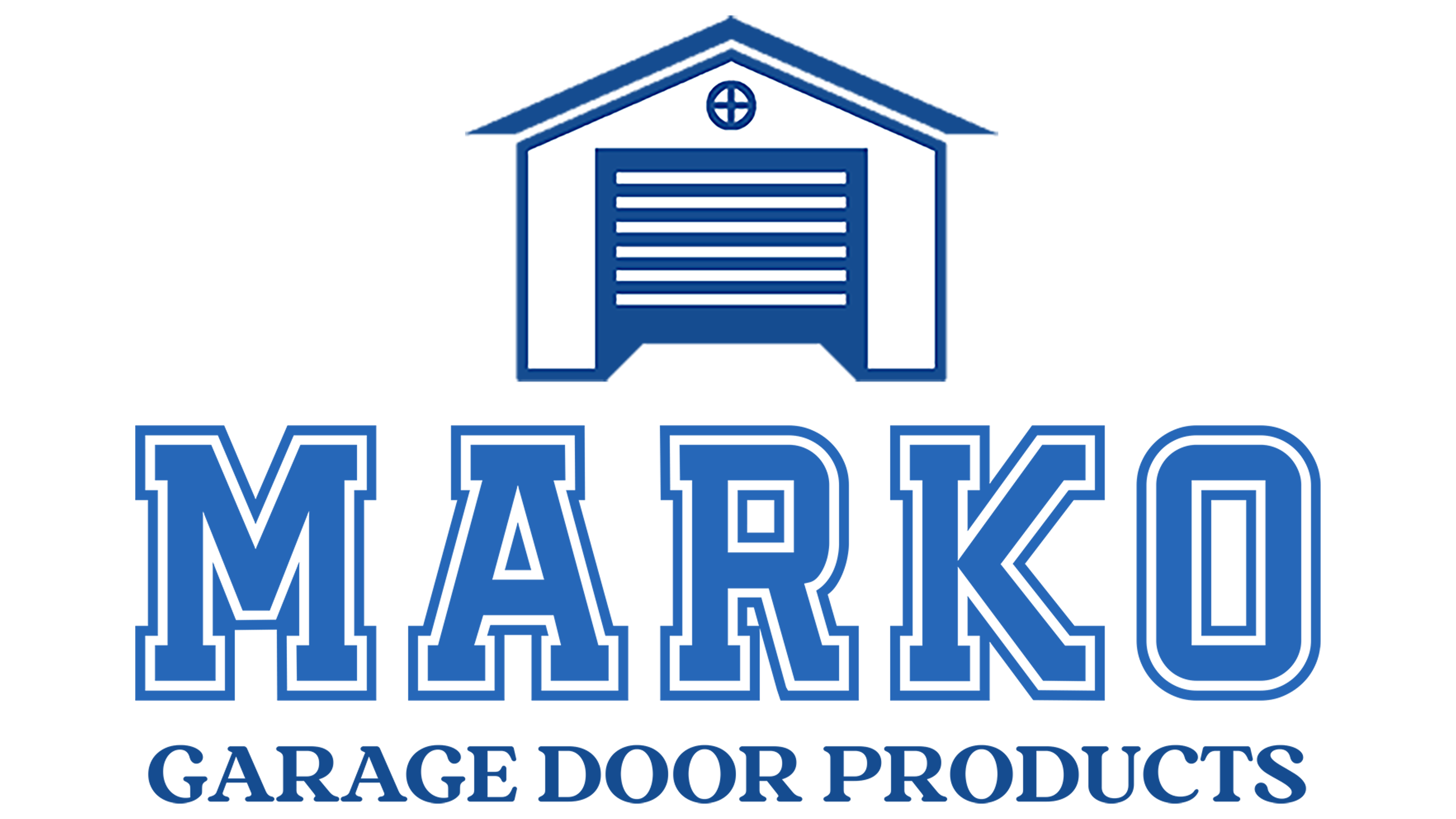
Maintaining a properly balanced garage door ensures smooth operation, reduces strain on opener motors, and enhances safety. This detailed guide will walk you through understanding balance importance, step-by-step testing, adjustment techniques, and signs you need professional help—tailored for American environments and Florida business needs.
Why Garage Door Balance Matters
Maintaining correct balance keeps your door operating smoothly and prevents undue stress on springs, cables, and opener motors, significantly reducing the risk of premature wear or sudden failures. Proper balance also improves energy efficiency by ensuring weather seals engage fully and minimize air leaks. Additionally, balanced doors maintain consistent garage temperatures, reducing heating and cooling costs over time. Understanding what causes unbalanced garage door issues—such as uneven spring tension, cable misalignment, or track deformation—helps you address the root of the imbalance effectively.
What is a balanced garage door?
A balanced garage door remains stationary when manually positioned halfway open. This equilibrium occurs when the door’s weight is counteracted evenly by torsion or extension springs, preventing motor overexertion.
Safety and performance implications
Garage doors that are out of balance may close suddenly, creating a significant hazard for both people and property. The additional strain placed on the opener motor accelerates wear on gears and components, reducing its operational lifespan. Furthermore, uneven balance often causes excessive noise and vibration, signaling the need for adjustment to maintain smooth and safe operation.
How to Test Garage Door Balance (Step-by-Step)
Follow this garage door balance test step by step method to ensure precise diagnostics. Testing your garage door balance involves carefully following safety protocols and precise manual checks to ensure accurate assessment before any adjustments. Additionally, performing these tests at multiple points across the door ensures consistent balance and reveals localized issues that might otherwise go unnoticed.
Safety precautions before starting
- Disable the opener by pulling the emergency release cord to stop the motor from engaging.
- Secure area: Remove obstacles and ensure no one stands beneath.
- Wear protective gear: Gloves and safety glasses guard against spring or cable failures.
Manual balance testing process
- Open the door fully and manually lift to waist height; it should stay in place.
- If it drifts up or down, note the direction and magnitude.
- Repeat test multiple times for consistency and document results.
For those with belt drive systems, performing a balance test for belt drive garage door opener can reveal belt wear or roller binding issues unique to quieter drive mechanisms.

Signs Your Garage Door Is Out of Balance
Identifying balance problems early can prevent damage and ensure reliable operation; look out for these telltale signs. Regular visual checks every few months can help you spot minor issues before they become major headaches.
Door doesn’t stay halfway open
When the door either climbs or falls after releasing halfway, imbalance is clear—a telltale sign for adjustment. Use garage door won’t stay open halfway troubleshooting to identify torsion spring or cable issues quickly. This uneven movement puts extra strain on the opener and can lead to premature wear of torsion springs. This uneven movement puts extra strain on the opener and can lead to premature wear of torsion springs. Promptly correcting the balance helps prevent costly repairs and extends the overall lifespan of your garage system. If you notice your garage door drops quickly how to fix, adjusting spring tension and verifying cable alignment after testing can remedy rapid descent issues.
One side drops faster than the other
An uneven descent often signals uneven spring tension or cable problems on one side. If not addressed, this imbalance can lead to early spring wear and a higher chance of cable failure. Routine inspection and proper adjustment of both springs and cable alignment help maintain smooth performance and prolong your garage door system’s lifespan.

How to Adjust Garage Door Balance
Properly adjusting your garage door balance ensures smooth, safe operation and prevents unnecessary wear on springs and openers; follow these steps to achieve optimal balance before testing your adjustments. Regularly verifying your door’s balance after adjustment helps maintain consistent performance and allows you to catch small issues before they become major problems.
Torsion spring adjustment tips
- Identify winding cones: Use winding bars rated for your spring.
- Tighten springs: For a rising door, add 1/4 turn per spring; for a falling door, release 1/4 turn.
- Retest balance: Repeat testing until the door remains level.
Understanding the importance of adjusting torsion spring for proper door balance ensures that you apply the correct amount of tension and maintain optimal door performance without compromising safety.
Extension spring tension correction
First, carefully release the extension springs using safety cables and the appropriate tools to relieve tension. How to adjust the extension springs garage door properly requires ensuring both springs are evenly tensioned and securely hooked to avoid imbalance or safety risks. Next, reposition the spring hooks into higher or lower holes on the track support to fine-tune the tension. Finally, secure the springs back in place and retest the door balance several times to ensure smooth, even operation.
Adjusting cables for even lift
Proper adjusting garage door cables for even lift ensures symmetrical tension on both sides, preventing lopsided operation and additional component strain.
- Check cable drums: Ensure equal wrap and no slack.
- Recenter cables: Manually turn the drum to even tension on both sides.
- Lock set screws: Tighten drum and shaft screws firmly.
When to Call a Professional
While many balance adjustments can be handled by confident DIYers, certain scenarios warrant calling a professional to ensure safety and proper functionality. A trained technician can also identify hidden issues that DIY inspections might miss, preventing costly mistakes and ensuring your door remains reliable over time.
Complex spring issues
Torsion spring complications—rust, metal fatigue, or broken coils—require trained technicians due to high tension risks. Attempting to adjust or replace these springs without proper tools and expertise can not only damage the door mechanism further but also pose serious safety hazards to untrained individuals.
Cost of garage door balance adjustment
Professional adjustments range from $100 to $300, depending on region and door complexity; combining with garage door repair services can reduce overall costs. Maintaining proper balance not only prolongs component life but also keeps your garage system running quietly and safely. For advanced issues or annual inspections, trust Marko Door’s certified experts and explore our hurricane garage doors solutions for additional resilience against extreme weather.





